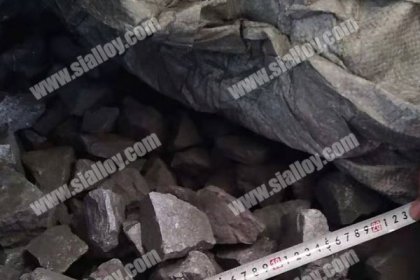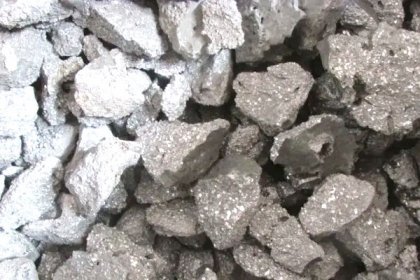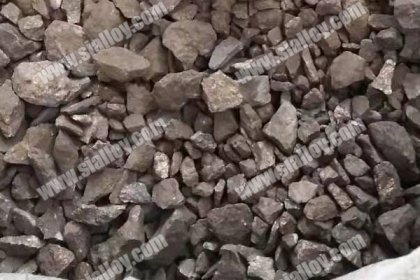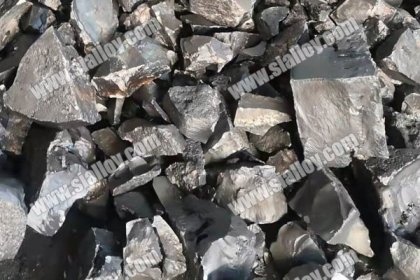Magnesium Scrap Value
magnesium scrap is a solid waste discharged during the magnesium smelting process of a metal magnesium plant. The process of producing magnesium metal is roughly as follows: dolomite (MgCO3 · CaCO3) is calcined in a rotary kiln (calcination temperature is 1 150 ~ 1 250 ℃), and then ground into powder and then covered with ferrosilicon powder (contains 75% of silicon) ), Mixed with fluorite powder (containing 95% calcium fluoride), pelletized (pressure 9.8-29.4 Mpa), sent to a heat-resistant steel reduction tank, in a reduction furnace at a high temperature of 1190-1210 degrees Celsius and 1.33-10 Pa Crude magnesium is prepared under vacuum, and then flux refining, ingot casting, and surface treatment are used to obtain metallic magnesium ingots. The remaining residue is magnesium scrap, sometimes also called magnesium slag.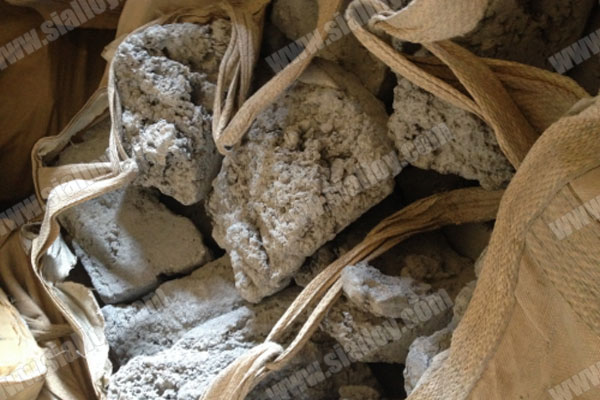
The main components of magnesium scrap are Cao, SiO2, and MgO for reduction. Due to the differences in production conditions and processes of magnesium metal ingot factories, the composition of magnesium scrap (magnesium slag) is not fixed, but has a range of fluctuations. magnesium scrap composition fluctuation range: CaO 40% to 50%. SiO2 is 20% to 30%, Al2O3 is 2% to 5%. MgO is 6% to 10%. Iron oxide is about 9%.
At present, the common problems of magnesium products are small production scale, high pollution and high energy consumption. Due to the urgent needs of energy, resources and environmental protection, the use of industrial magnesium scrap has become an important goal of sustainable development and an important research hotspot in the industry today. At present, the use of magnesium scrap has the following studies and trials: 1. magnesium scrap and ground slag are mixed in a certain proportion, compounded with an activator, configured with cement, and made into a new type of wall material. The wall material has simple technology, low cost, small density, high strength, and good durability. 2. magnesium scrap is calcined at 1200 ° C and has certain chemical activity. As a mineralizer, in the cement industry, it can reduce the nucleation potential of crystals, accelerate the transformation of minerals, and reduce the heat consumption from raw meal to clinker. 3. magnesium scrap can be used as a desulfurizing agent. Because the circulating fluidized bed boiler desulfurization technology mainly uses calcium oxide for desulfurization, and the calcium oxide component in magnesium scrap is about 50%. Its desulfurization effect is related to the particle size and porosity of magnesium scrap. The higher the porosity, the higher the desulfurization efficiency.
 中文
中文
